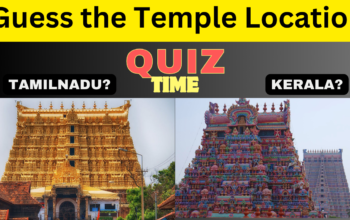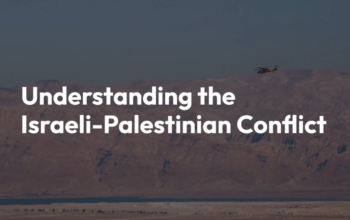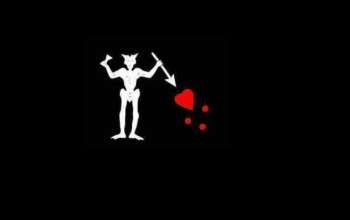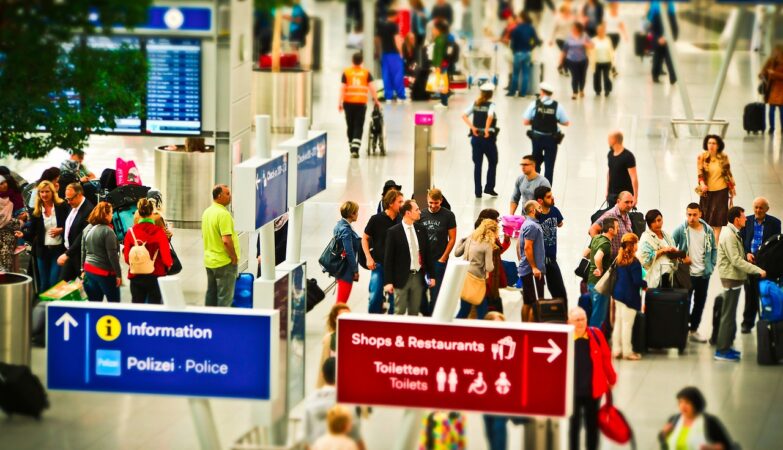A great deal has been written and known about the nature of the Indian identity; it has been the subject of a considerable amount of research, study and comment. It has left some of us a little more confused than we would otherwise have been, but no more so than events and people make us. What happened at the Jaipur Literature Festival – or, more correctly, what did not happen – is one such. It raised a number of questions, which no one has tried to answer, or which have been answered indirectly.
In a way, some of those questions are related to our immediate environment, where we stay, the people we meet and talk with, and so on. In Delhi there is one kind of identity that people have; in Chennai it is quite different, although there are similarities as well.
That tired phrase “unity in diversity” is used every day by many public figures. We know about unity; if we did not there are those songs by A.R. Rehman and others to rub our noses in it. In a sense, that is not the confusing part; what is confusing is the diversity part.
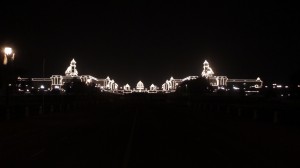
Again, at one level we know what it is; it is what we keep showing the world before we whip out our unity placard. But probe a little, and the idea of diversity is not as clear as one thinks. Some attributes are the evident ones, which political parties use for their own ends – caste, religion and economic differences to cite a few, but there are others that exist without their automatically resulting in different groups being formed.
For example, people who can speak English are distinct from those who cannot, and within that group people speak the language with varying fluency and accents. But these people do not constitute a group such as a caste or those who believe in a particular religion. They are there, and different, but with little else to bring them together.
Diversity is not as simple as it seems and takes many forms and dimensions. But beyond them there are also forms of unity that have not been looked at by political groups or any other kind of groups so far.
There are those who claim, for example, to belong to a particular city: and we have heard often enough of Mumbaikars, of Calcuttans, to use the city’s earlier name, of Bangaloreans, and so on. Nor is this peculiarly Indian; there are, need one point out, Londoners, New Yorkers, the inhabitants of Cairo, who call themselves Cairenes, and others. These identities are in a sense imposed identities; it is not like a group calling itself, say, New Believers in Miracles or something else. By and large, these are identities given by the media, by writers and others, for their own reasons.
In India, the identity of those in particular cities is sometimes commented on, usually very superficially, to make a point: Calcuttans are avid readers of books, as the Kolkata Book Fair shows. (Some booksellers resentfully say they may be avid readers, but their buying and reading have no relation to each other, but we will let that pass.)
Some have said that the residents of Chennai are, generally, more polite and civilised than the residents of other cities; that – until recently – women were safer on the streets of Mumbai at night than in other cities; and that the residents of Bangalore are more warm-hearted and friendly than the residents of other cities.
These are the perceptions of some, and not everyone shares them. Beneath these perceptions there is an underpinning of cultural values that are shared, however fuzzily, values that the inhabitants of the city may not be aware of themselves.
This is something that is absent in Delhi. In the past it had identities, it is true; the cultural identity of Shahjahanabad, and the identity of the Delhi of the early 20th century. But 21st century Delhi seems to have lost whatever identity it may have had.
To visitors, Delhi means the ordered beauty of Lutyens’ Delhi and its gardens, and the brawling, sprawling city beyond it, the flyovers, the traffic and now the Metro.
But no one talks about the people as a group; and if they do it is in very unpleasant terms. The people of Delhi are seen as crude, truculent, invariably rude and often abusive. They are chronic eve-teasers, from the loud groups of thickset young louts hanging around malls and markets to the sly gropers on buses and in crowded places.
The one thing that Delhi lacks, which other cities have, is an underpinning of a shared culture, however diffuse that may be. In other words, the diversity that Delhi has, with communities from all over the country making it a mini India, is itself its biggest and most dangerous liability.
Every community has established itself in Delhi, and all of them live together in perfect amity – with the one horrifying aberration of the anti-Sikh pogrom of 1984. In fact, every community defines itself more clearly and more positively than it does in its cities or States of origin; the Tamils have an active Tamil Sangam, the Bengalis have more and more Durga pujas every year, and the Biharis have begun to observe Chhath with greater energy with each passing year.
But there does not seem to be any underlying shared awareness of being Dilliwallas; that is, for whatever it is worth, a media creation which these groups, and the Punjabis, the Haryanvis and immigrants from Uttar Pradesh do not believe in at all. Delhi is a place where they work, earn money, and where they do settle, but retaining, all the while, their original identities. Few people feel and claim to be Dilliwallas first and Bengalis or Malayalis or Punjabis second.
Hence, the all-too-common antagonism on the roads, or in public places, the savage pushing and shoving to get in and out of the Metro or a bus or in a cinema hall. And, always, simmering beneath it is the possibility of physical violence. In fact, one is convinced that the high incidence of rapes and eve-teasing in Delhi is a result of this more than anything else.
The Delhi government has done a better job than most States in providing civic amenities to its inhabitants. It now needs to look at the social and cultural dimension of the city; to try and find out, first, what could be the unique “Dilli” features that could be recognised, however faintly, and how the inhabitants of the city can themselves discover them and make them their own, without losing their basic identities linked to their States of origin.
It could be argued that this is something that will establish itself over time. The fact is that what will establish itself over time is aggression and coarse, lewd behaviour, which is not and never was a feature of social behaviour in any part of the country. Ask those who lived in the Punjab of old, in the gracious Allahabad of yesteryears and in the dignified politeness of old Madras and they will testify to this.
Column written by Bhaskar Ghose
Related Posts
Hi there! I’m Sethu, your go-to guy for all things tech, travel, internet, movies, and business tips. I love sharing insights and stories that make life more interesting. Let’s explore the world together, one article at a time!




